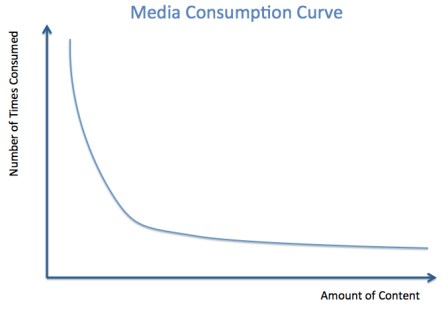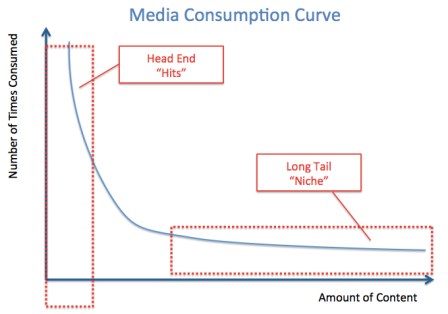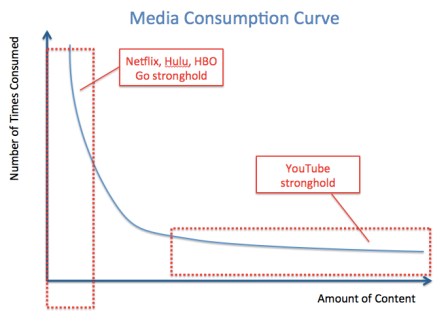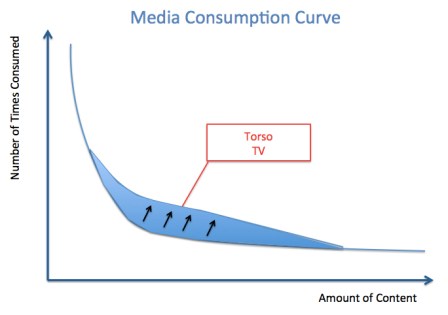Grouped: Marketing for the share of information
Forest Conner
I recently read Grouped: How small groups of friends are the key to influence on the social web by Paul Adams, a social researcher at Facebook, and I’d like to share a few of the important takeaways from what he found. I apologize in advance for the very Bob Lefsetz-style of this post. Changing Consumer Behavior
“[People are] spending less time interacting with content, and more time communicating with other people”
Think about what you do most frequently on the internet. Is it typically a search for products, news, and information? Or is it specifically to see what your friends are up to and talking about? Whether it is checking photos, comments on the news of the day, or social gaming, more people are interacting with other people than they are simply consuming content.
The film industry has had a terrible time of trying to integrate social sharing and experience into the industry, it will be something absolutely necessary for the success of the next generation of content.
“Most of our consumer behavior models are structured this way— people acting independently, moving down a decision funnel, making objective choices along the way. Recent research in psychology and neuroscience shows that this isn’t how people make decisions.”
The general concept of customer acquisition in marketing is based on a funnel. People supposedly convert from the larger to the smaller end of the funnel and those that make it the whole way are your customers.
Turns out “the classic sales funnel is based on a view of humans as rational thinkers, making rational decisions as they move down through the funnel…. is simply not true.” Human being are influenced far more by emotion that ever accounted for in standard economic models. “We need instead to market towards emotion.“
Film marketers seem to know this, but only sometimes. In the four P’s of Marketing (Product, Price, Place, and Promotion,) the movie industry only appeals to our emotions with first, the Product. They seem hesitant to recognize that Price changes will become necessary, especially as the Place changes further from theaters to homes via phones and tablets. And Promotion has to change from the current top-down “barking at customers” model to a more community-based one.
“We share feelings, not facts”
Adams goes on to state “this included positive emotions such as awe, and negative emotions such as anger and anxiety. Emotions that were not arousing, for example sadness, did not trigger sharing of content.”
Could this be why dramas are typically so much harder to market than spectacle-based action movies or horror films? It is, in my opinion, why the trailer for Gravity was so effective. It spoke to viewers on an instinctual level of fear and survival. Not that every film can do this, but the even the ones who could don’t seem to understand the simple fact.
“Reason is dependent on emotion.”
Not only are feelings important in what we share, they are actually important in what we chose to buy and not buy. “Research has shown that offering people a smaller immediate gain activated different neural systems in the brain than did offering them a larger gain in two to four weeks.”
Think about this in terms of crowd funding you film. You can offer rewards to backers, sure. But what if you can provide Instant Gratification in the form of a small video as soon as they support your project. That is just one example of understanding the intricacies of human behavior that result in increased audience engagement.
Speaking of which, before you can speak to an audience in the right way, you have to know how to find them…
How To Reach Your Audience
The Myth of the Influencer
“Targeting large numbers of these people , potentially in the thousands, is more likely to spread ideas than trying to find a small number of influential individuals. These people won’t be visible on an individual level. You won’t necessarily know them by name. But you will know that they have the right attributes to be interested in what you have to say. Using many of these people to set off many small cascades averages out the random factor, and is more likely to produce consistent positive results.”
This is the general ethos for my research. By defining groups of similar people, similar in the right ways, we can determine how appropriate a film is for that group and realistically constrain marketing budgets. For more about this, check out my post on the cohort analysis done on the OkCupid data set.
The Real Influencer - Everyone
We tend to focus on those that have a seemingly large influence (think Oprah and her book club,) but it turns out what we should be focused on are groups of people who have a low barrier to being influenced. In other words, focus on to whom you are talking, rather than who is doing the talking about your film.
Ideas spread when people have low adoption thresholds. For ideas to spread widely, you need connected groups of easily influenced people. These easily influenced groups are called “Innovative Hubs.” Think of anyone who was an early adopter of technology like Betamax or Mini-disk players (shamefully, I was an owner of the latter.)
Innovative hubs are people who are highly connected and have a low threshold for new ideas. They embrace new ideas after being exposed to them a small number of times. The next group in the path to adoption are “Follower hubs” which are more common. These groups consist of people who are highly connected but have a high threshold for new ideas.
“As we increase our reliance on our social networks to make decisions, we won’t turn to strangers, nor will we turn to recognized experts. Instead we will turn to the same people we have been genetically trained to turn to for help— the people we’re emotionally closest to.”
Segmenting is Changing
“Marketers currently segregate by demographics and psychographics, but in the future they’ll need to segregate by social network structure.”
The connectedness of a network is one component of prediction the spread of information through that network. The other is the ease at which the nodes in the network are influenced. These are not trivial questions to answer currently, but hopefully the work I’m doing during my fellowship will begin to increase the understanding of how to determine these metrics.
Density is as important as spread
“Focus on getting your message shared within a group as much as you focus on getting it to spread between groups…. When we’re planning marketing campaigns, we should concentrate on content that is likely to spread among friends, and friends of friends, but we shouldn’t expect it to spread to people more than three degrees away from the people who first encountered the message.”
This is the key for independent film without huge marketing budgets or publicity campaigns. You should focus on getting everyone, yes everyone, in you direct group involved and interested in your film. Only by obtaining critical mass in a small, closely connected group can you then expect to reach secondary groups.
I’m currently trying this strategy with a Kickstarter campaign for Anatomy of an American Dream, a feature documentary I am producing. Considering this as my case study, I hope to fill you in on the progress as I test these strategies over the next month.













